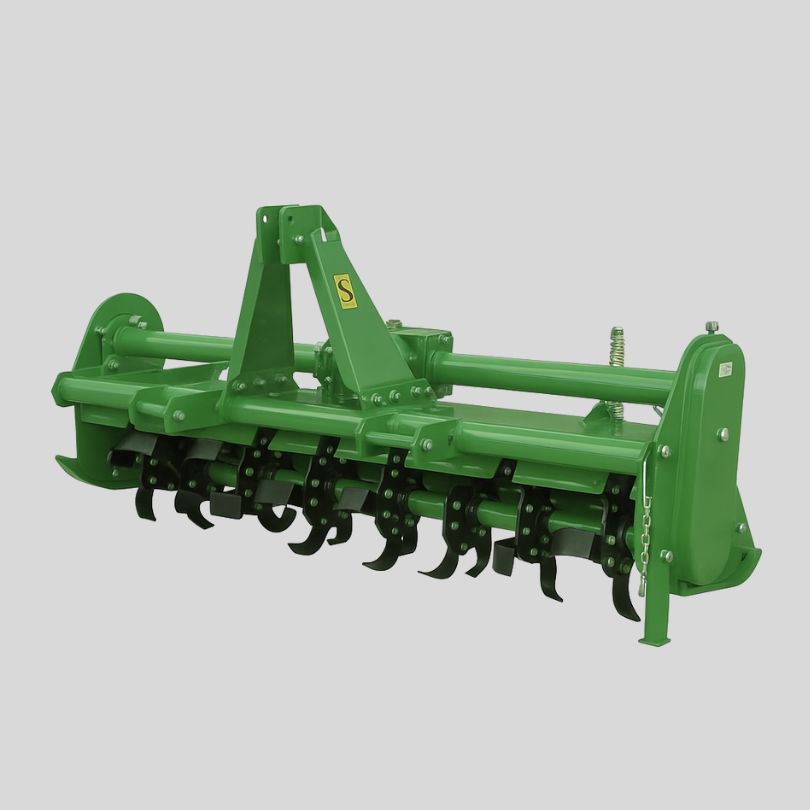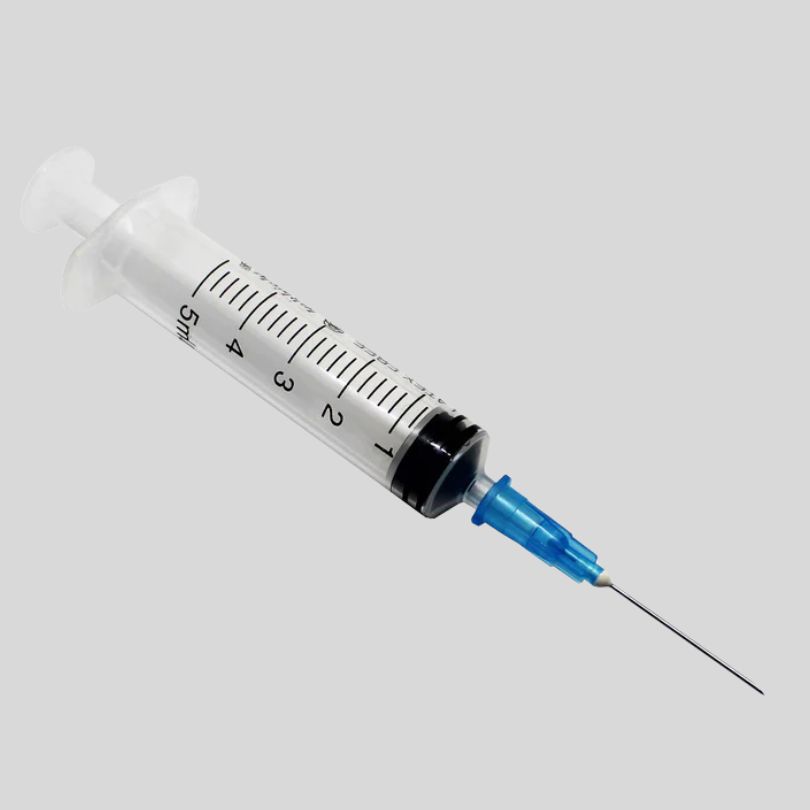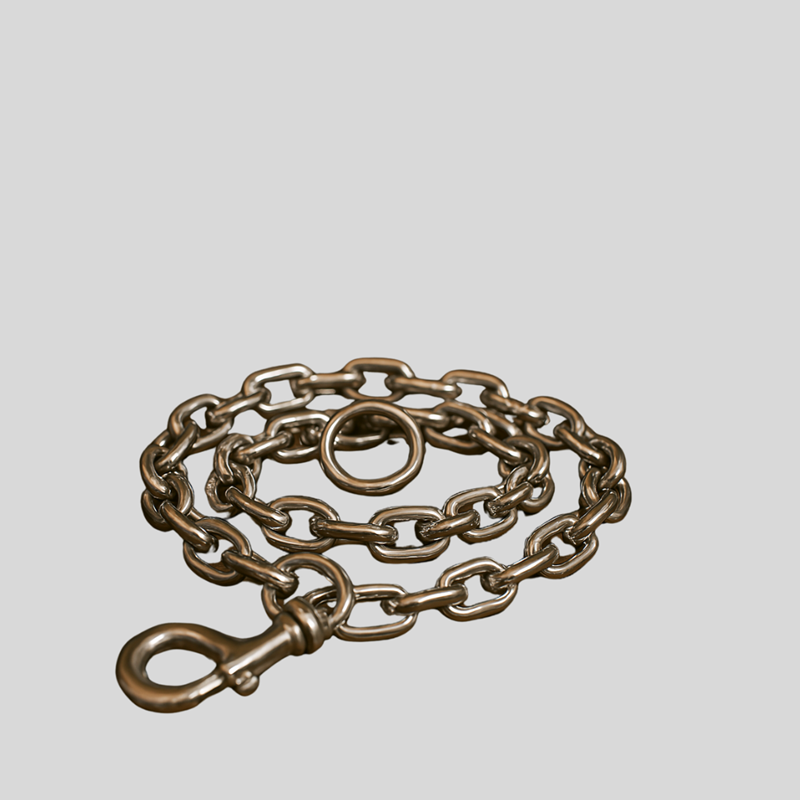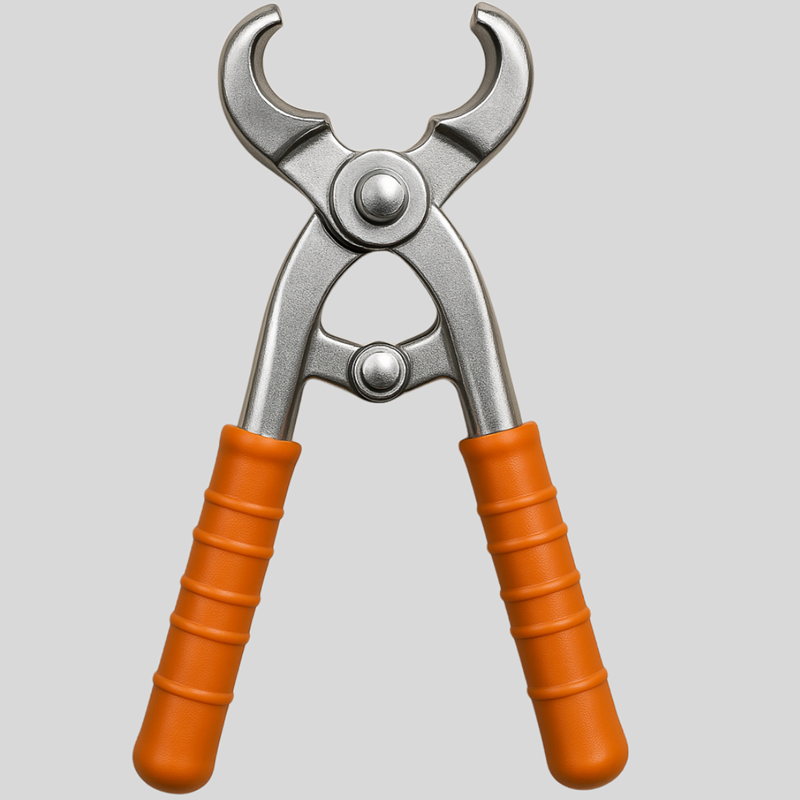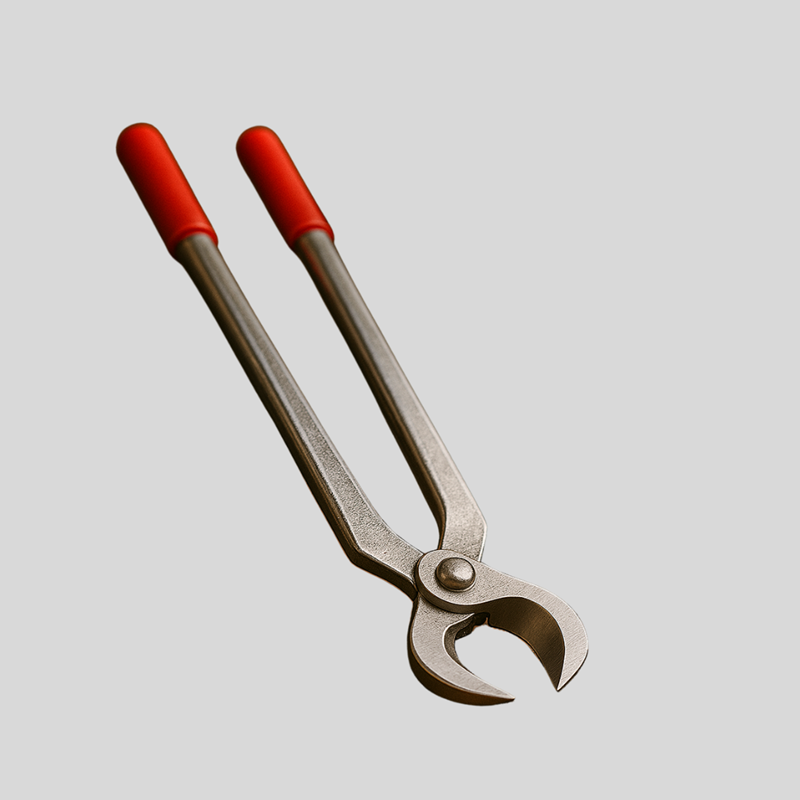Description
A rotary plough, also known as a rotary tiller plough or rotary hoe, is a powerful and versatile agricultural implement designed primarily for deep tillage and thorough soil preparation. It is widely used in farming operations to break up, churn, and aerate the soil before sowing crops, making it an essential tool for both small-scale farmers and large commercial agricultural enterprises.
Unlike traditional ploughs that turn soil in a single motion using static blades, the rotary plough uses a set of rapidly rotating blades or tines mounted on a horizontal or vertical shaft. These blades cut into the soil, loosen it, and toss it aside in a continuous, circular motion. This mechanism not only pulverizes clumps of soil but also mixes organic matter, crop residues, and fertilizers evenly throughout the field, thereby improving the soil structure and fertility.
Rotary ploughs are typically attached to the rear of a tractor and powered through the tractor’s Power Take-Off (PTO) system. They come in various sizes and configurations to suit different soil types, crop needs, and field sizes. Some rotary ploughs are single-speed for general use, while others have multi-speed gearboxes that allow adjustments to tilling depth and intensity, making them highly adaptable to a range of conditions—from soft loamy soil to compacted clay.
Key benefits of using a rotary plough include:
Efficient soil turning: It can dig deeper and break down soil more finely than traditional ploughs.
Time and labor savings: It covers larger areas more quickly and reduces the need for multiple tillage passes.
Enhanced soil aeration: Improves root penetration, water absorption, and microbial activity.
Residue management: Effectively incorporates plant debris and organic matter, enriching the soil.
Weed control: Helps uproot and bury weeds, reducing competition for crops.
However, the rotary plough should be used with care. Overuse or repeated deep tillage can lead to soil compaction below the worked layer (subsoil compaction) and disrupt natural soil ecosystems. Proper timing, speed settings, and working depth are critical to maintaining long-term soil health.
Rotary ploughs are particularly useful in preparing seedbeds for crops like rice, wheat, maize, sugarcane, and vegetables. Their ability to finely till the soil makes them suitable for both primary and secondary tillage, as well as for preparing raised beds or ridges in horticulture.
